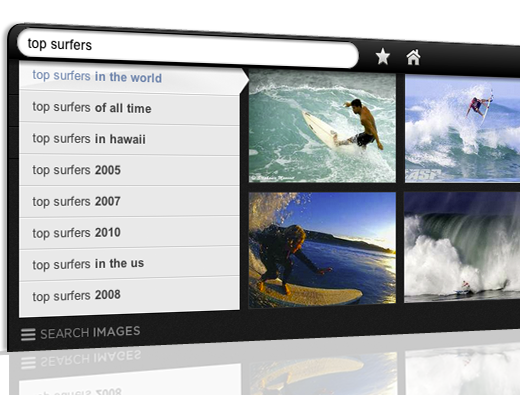 One question following the launch of Yahoo Axis last night was whether the new “search browser” is building on Yahoo’s search partnership with Microsoft Bing or breaking away.
One question following the launch of Yahoo Axis last night was whether the new “search browser” is building on Yahoo’s search partnership with Microsoft Bing or breaking away.
The answer: A little bit of both.
A Yahoo representative sent us this explanation today in response to our inquiry about the situation: “We use Bing’s raw algorithmic data in part to generate our own content index that applies our own mining and ranking algorithms on top which take into account click feedback, time spent on site and more to further refine and rerank the results.”
In other words, Bing’s technology is doing some of the behind-the-scenes work for Axis, but Yahoo is adding a lot of special sauce on top — not just in the user interface but in the actual ranking of the search results.
Yahoo has always made it clear that it would attempt to innovate on top of Microsoft’s search technology, but the Yahoo Axis launch suggests that Yahoo is still in a position to leverage its own technology if it ever ends up going alone again in the search business.
In recent months, Yahoo’s share of the U.S. search market has been steadily slipping, with the company falling to No. 3 behind Bing — not a good trend for Microsoft-Yahoo partnership, which was designed in part to take market share away from Google.
Axis is available as an iPad and iPhone app. Rather than releasing its own desktop browser, however, Yahoo is offering Axis plugins for Internet Explorer, Firefox, Safari and Chrome. Once installed, the plugin appears as a search box at the bottom of the browser, expanding when a user enters a query.
The Yahoo Axis interface bypasses the standard list of links and instead sends users directly to websites and pages via thumbnails.



